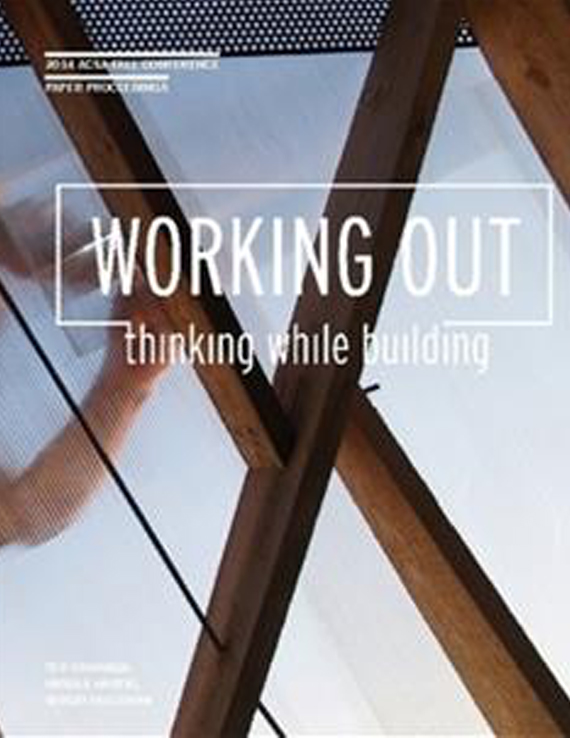Author(s): Patrick Doan
The growing interest and willingness of architecture schools to engage and invest in design/build programs as a viable and significant component to their curriculum speaks to a growing trend that is challenging and seeking out alternative paths to the traditional studio-based culture. Convincing arguments can be made that articulate and support the development of design/build programs; most specifically the ‘real world’ experience students are exposed to that foster a direct hands-on engagement with the complex social, professional, and constructive conditions at play within the architectural profession. Yet, due to the demands and intricacies that surround the physical realization of any building endeavor, design/build programs can at times be overwhelming in their scope, scale, and intent. Seeking out and sustaining financial support and investment, securing clients, addressing building codes / regulations, deadlines, construction site safety / management, building skills, construction types, and faculty / curriculum demands are real issues that can strain and challenge the development of a program. This proposal seeks to illuminate the value of a different approach to design/build that does not have the constraints and pressures that are a part of the more traditionally based design/build programs.With these thoughts in mind, a design/build project was initiated within our school called the ‘cube’. This student-led design/build project stands 13’8” x 13’8” x 13’8”, encloses a 96 sq. ft. room, and is composed of three cast-in-place concrete walls. The cube evolved over a period of 4 years, involved over 30 students, 3 faculty members, and culminated as a student’s master’s thesis. The intent was not so much about the completion of a ‘project’ as it was to provide a place and opportunity for the students to be immersed into the constructive nature of architecture. The work was structured and developed with an understanding that it was an ongoing effort to be passed on to other students and faculty to continue. The construction site became a place of inhabitation where the students were allowed time and the opportunity for failure. Time and failure are arguably essential aspects to the education of an architect, yet often they are not feasible within the traditional design/build model of client and deadline-based construction. Being both an observer and one of the faculty instigators to the cube project, the following questions are offered as a way to both reflect on the lessons learned from the cube and to speculate on the larger role a design/build effort of this nature plays in the education of the architect. -What ‘place’ does the ‘construction site’ have in the education of the architect?-What can the ‘construction site’ teach both the student and teacher about architecture’s constructive nature?-How are failure and time measured, engaged, and embraced within a design/build project?
Volume Editors
Sergio Palleroni, Ted Cavanagh & Ursula Hartig
ISBN
978-0-935502-94-7

 Study Architecture
Study Architecture  ProPEL
ProPEL 
